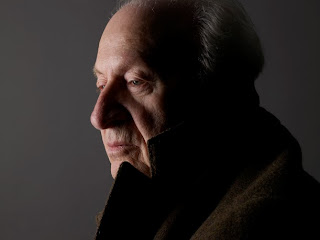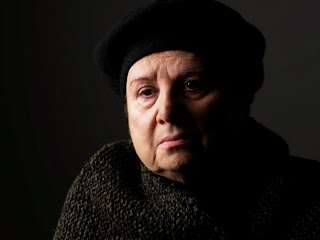— Rae Kushner.

Reichel "Rae" Kushner, was born to Nashum and Hinda Kushner, on February 27, 1923, in Novogrudok, Poland. The second-oldest of four children, she had one brother Channon, and two sisters, Chana and Lisa. Her family resided in, and contributed to, a thriving Jewish community of about 6,000 members, which also compromised just over half of the entire population. The Kushner family had a strong, middle class foundation built on her father's thriving fur business.
In September of 1939, just after the signing of what was known as the Ribbentrop-Molotov Pact, the Eastern part of Poland was invaded by Soviet Troops, and life for young Rae Kushner and her family changed drastically. Rae expressed thereafter that survival under Soviet occupation was relatively "tolerable" in comparison to what took place after the Nazi invasion. These life altering episodes began June 22, 1941, during World War II, with the launch of Operation Barbarossa, during which Nazi troops aggressively attacked occupied Soviet territories. Though rumors from the West of massive and barbaric killings had reached Novogrudok by that point, few Jews actually believed that the Germans would carry out such atrocities.
Following several massacres, the surviving Jews were forced into provisional ghettos in a suburb of Novogrudok. Rae, her family, and many others, were forced to crowd into the city’s courthouse, and were inflicted with preposterous living conditions. During this time they instigated a plan of escape from captivity. Unfortunately, Nazi troops were often "entertained" with the weekly slaying of large numbers of Jews; which subsequently lead to the untimely deaths of Rae's mother Hinda and eldest sister Chana during one of these cruel and fatal disseminations on May 7, 1943.
Starting in the middle of May, the remaining Jews dug a narrow tunnel during the night from the courthouse to a nearby forest, using tools made in the ghetto workshops and hiding the dirt in the walls of buildings. Rae, along with her remaining family and approximately 600 others, helped to execute the escape when the route was finally completed. The passage was only large enough for one person to crawl through, and of the 600 only about 250 were able to reach the forest. Many of the escapees were met with darkness, disorientation, and even gunfire; only 170 survived. Rae’s brother Channon was among those who escaped, though he later lost his life. Losing his glasses during the crawl through the tunnel, he became disoriented and afflicted by the heinous conditions of the forest.
Rae and her surviving family spent the ten days between Rosh Hashanah and Yom Kippur hidden in the cold, dark, dense woods. She and her younger sister grew famished: "It was in those forests, and in those moments of pain and hunger, when those men and women were digging for their lives, that it became evident that it was either Israel, or nothing." Determined to live another day, they eventually made their way to the home of an unknown ally. The woman fed them and allowed them to sleep in her stable with the cows for one week – a risk that carried the penalty of violent death.
Shortly thereafter, Rae, her family, and others from Novogrudok, sought refuge with a partisan group led by Tuvia Bielski. The Bielski Partisans managed to shelter over 1,200 Jews. Rae regularly stood guard and often cooked camp meals, consisting of mostly potatoes grown in the surrounding forest, soup and small pieces of bread. During that time, Rae became better acquainted with Joseph Kushner, whom she knew prior to the war. They fell in love and were married in August of 1945, a little over a year after the Bielski camp was liberated by the Red Army. Joseph and Rae became one, among the many partisan couples, who "found love in the forests."
Postwar, Rae returned to her hometown of Novogrudok, only to find it destroyed and in complete devastation. She and the remaining members of the Kushner family ended up in an Italian Displaced Persons Camp for three years. It was there that Rae gave birth to her daughter Linda, the first of her four children.

In 1949, the family was able to relocate from Europe to New York where Rae gave birth to three more children, two sons, Murray and Charles, and a second daughter, Esther. Rae passed away in 2004, but her name lives on with great relevance and influence today. The Rae Kushner Yeshiva High School in Livingston, New Jersey, is one of the most prestigious Jewish Schools on the East Coast, with over 850 students attending.
Visit Rae's partisan page, for more information and to view seven videos of her speaking about her experiences. JPEF's short film A Partisan Returns features the story of Rae's escape from the Novogrudok.
































